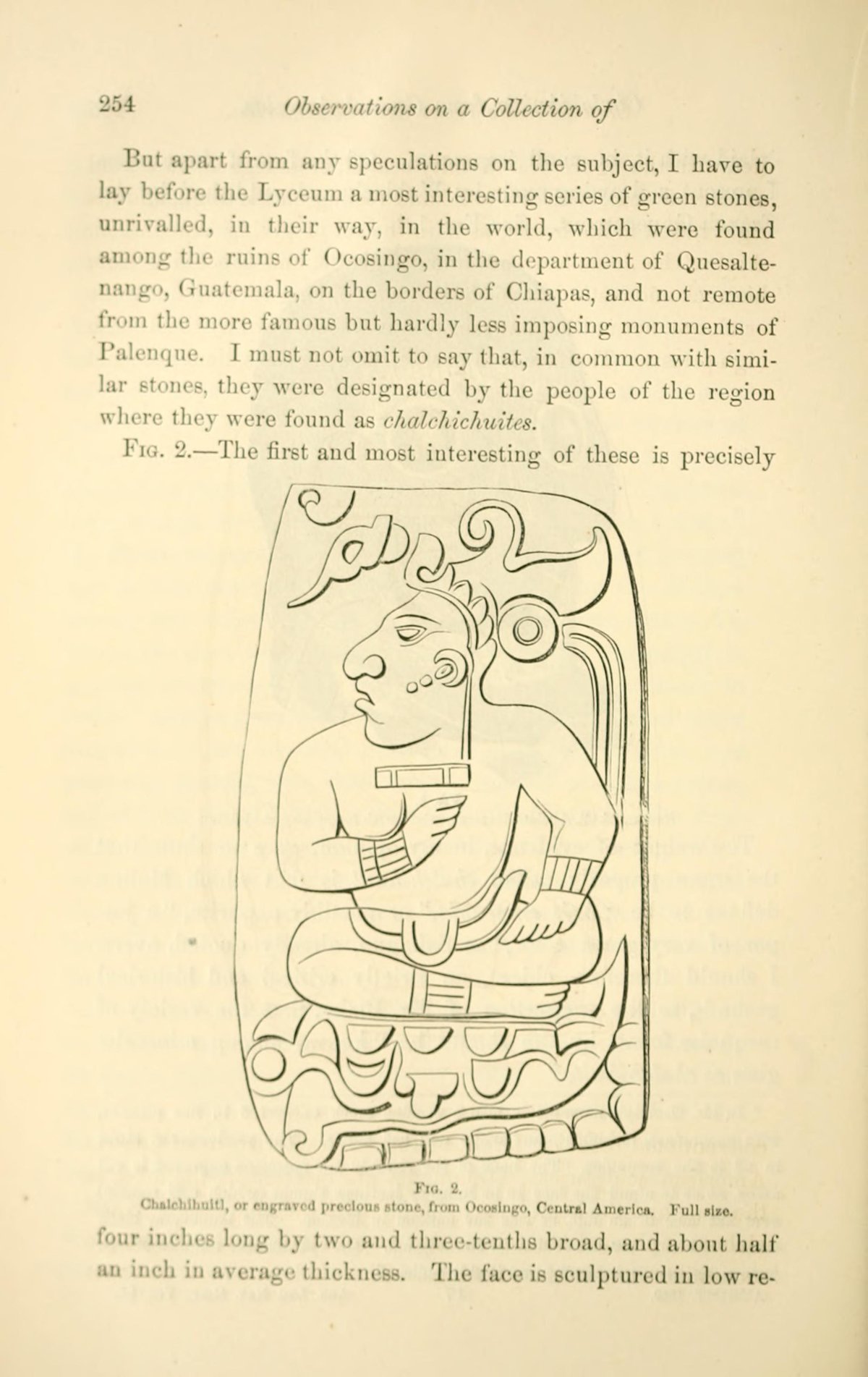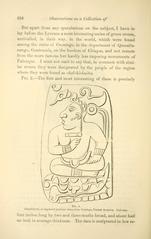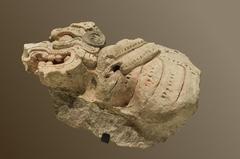
Yaxchilán Visiting Hours, Tickets, and Guide to Chiapas Historical Sites
Date: 14/06/2025
Introduction to Yaxchilán and Its Significance
Yaxchilán, an iconic Maya archaeological site, is hidden deep in the lush Lacandon Jungle of Chiapas, Mexico. Situated along the southern bank of the Usumacinta River—the border between Mexico and Guatemala—this ancient city is celebrated for its extraordinary architectural remains, intricate stone carvings, and vivid dynastic history. Founded as early as the 4th century BCE and flourishing between 250 and 900 CE, Yaxchilán evolved from a modest riverside settlement to a powerful city-state. Today, visitors encounter spectacular ruins, over 120 hieroglyphic inscriptions, and sculpted lintels that reveal stories of royal rituals, warfare, alliances, and religious ceremonies.
Accessing Yaxchilán is an adventure in itself, as it is only reachable by boat from Frontera Corozal. The journey along the Usumacinta River immerses visitors in the natural grandeur of the rainforest, home to wildlife such as howler monkeys and exotic birds. The site is harmoniously integrated with the river’s horseshoe bend and features three main acropolises, ballcourts, plazas, and terraces with panoramic views.
For travelers seeking a deeper understanding of Chiapas’ historical sites, Yaxchilán is a must-visit destination that combines archaeological splendor with a vibrant jungle ambiance. Resources such as the Audiala app offer updated travel tips and tour options. For further research, explore sources like the World History Encyclopedia and Mexperience.
Table of Contents
- Introduction
- Early Origins and Foundation
- Geopolitical Context and Influence
- Dynastic History and Notable Rulers
- Warfare, Alliances, and Political Turbulence
- Cultural and Religious Significance
- Decline and Abandonment
- Rediscovery and Modern Archaeology
- Architectural Features and Site Layout
- Visiting Yaxchilán: Practical Information
- Frequently Asked Questions (FAQ)
- Legacy and Significance
- Plan Your Visit with Audiala
Early Origins and Foundation
Known in antiquity as Pa’ Chan (“Cleft Sky”), Yaxchilán’s earliest settlement dates back to the Preclassic period, around the 4th century BCE (Yucatan Magazine). Its dynastic line is traditionally traced to King Yopaat B’alam I, who ascended in 359 BCE, marking the rise of a significant Maya dynasty.
Geopolitical Context and Influence
Yaxchilán’s strategic riverside location gave it control over vital trade routes, particularly those for copal resin and Brazilwood dyes (World History Encyclopedia). Archaeological evidence suggests the existence of a toll gate or bridge, highlighting the city’s economic and defensive strengths.
Throughout the Classic period (250–900 CE), Yaxchilán was both ally and adversary to other major Maya centers such as Bonampak, Piedras Negras, Palenque, and Tikal (Ancient Mayan Ruins). This network of shifting alliances and hostilities shaped the region’s political landscape.
Dynastic History and Notable Rulers
The city’s dynastic legacy is immortalized in over 120 hieroglyphic inscriptions (Ancient Mayan Ruins). After a period of obscurity between 537 and 629 CE, Bird Jaguar III revived Yaxchilán’s fortunes, while Itzamnaaj B’alam II (Shield Jaguar) and Bird Jaguar IV brought the city to its zenith. Their reigns are remembered for architectural expansion and the commissioning of elaborate reliefs depicting royal ceremonies and military triumphs (World History Encyclopedia).
Warfare, Alliances, and Political Turbulence
Yaxchilán’s history is characterized by cycles of warfare and diplomacy with neighboring powers. Notable episodes include the capture and subjugation of rival lords, as well as the influence exerted over satellite sites such as Bonampak, as commemorated in the murals there (Yucatan Magazine; Ancient Mayan Ruins).
Cultural and Religious Significance
A major cultural and religious center, Yaxchilán’s architecture was often painted red to honor the solar deity Kinich Ahau (Yucatan Magazine). The city is renowned for its narrative stone lintels and reliefs depicting royal bloodletting, ancestor veneration, and rituals, providing critical insights into ancient Maya beliefs and social order (Ancient Mayan Ruins).
Decline and Abandonment
Yaxchilán experienced a steady decline during the late 9th century, coinciding with the broader Classic Maya Collapse (Holly Melody). Likely causes include environmental stress, warfare, and disrupted trade. The city was largely abandoned by 900 CE, though some activity persisted for a time.
Rediscovery and Modern Archaeology
The city remained hidden in the jungle until its 19th-century rediscovery by explorers such as Juan Galindo, Alfred Maudslay, and Teoberto Maler (Ancient Mayan Ruins). Subsequent mapping and conservation by scholars like Sylvanus Morley, Ian Graham, and Mexico’s INAH have preserved Yaxchilán for study and tourism.
Architectural Features and Site Layout
Yaxchilán’s ruins are spread across a horseshoe bend of the Usumacinta River, comprising three main acropolises (Central, West, South), ballcourts, plazas, and terraces (Ancient Mayan Ruins). Lush jungle still envelops many buildings, but prominent lintels, stelae, and hieroglyphic stairways remain visible, testifying to the city’s grandeur.
Visiting Yaxchilán: Practical Information
Visiting Hours
Yaxchilán is open daily from 8:00 AM to 5:00 PM (CONANP). Early arrival is recommended to enjoy cooler weather and fewer visitors.
Tickets and Entry Fees
Admission is generally 75–100 MXN for foreign visitors. Tickets are purchased at the boat dock in Frontera Corozal or can be included in tour packages. Boat transportation incurs a separate fee, typically negotiated by group size.
Getting There
- Access: Only by boat from Frontera Corozal, a riverside community about 3–4 hours by road from Palenque (CONANP).
- Boat Ride: The scenic journey along the Usumacinta River takes 30–45 minutes and is often shared with other travelers.
Guided Tours
Certified guides are available in Frontera Corozal and through agencies in Palenque or San Cristóbal de las Casas. Guided tours provide essential historical context and facilitate logistics.
Accessibility
Due to uneven terrain, stairs, and jungle paths, Yaxchilán is not suitable for visitors with significant mobility challenges.
Nearby Attractions
Combine your visit with Bonampak (famed for its murals), Palenque, or excursions into the Lacandon Jungle for a comprehensive Maya heritage experience.
Travel Tips
- Bring insect repellent, water, snacks, sun protection, and sturdy shoes.
- Carry cash in Mexican pesos for entry and boat fees—no ATMs at the site.
- Facilities are limited at the ruins; basic amenities are available in Frontera Corozal.
Frequently Asked Questions (FAQ)
Q: What are Yaxchilán’s visiting hours?
A: Daily from 8:00 AM to 5:00 PM.
Q: Where do I buy tickets?
A: At the boat dock in Frontera Corozal or through tour packages.
Q: Is Yaxchilán suitable for people with mobility impairments?
A: The terrain can be challenging; accessibility is limited.
Q: Are guided tours available?
A: Yes, and they are highly recommended for safety and context.
Q: When is the best time to visit?
A: The dry season (November–April) offers the most comfortable conditions.
Q: What should I bring?
A: Essentials include water, insect repellent, sunscreen, snacks, sturdy shoes, and a hat.
Legacy and Significance
Yaxchilán stands as a powerful testament to the political, artistic, and spiritual achievements of the ancient Maya. Its remote location and atmospheric ruins attract both scholars and adventurous travelers. Visiting Yaxchilán is not only a journey through time, but also an encounter with the rich biodiversity and living culture of Chiapas (World History Encyclopedia).
Plan Your Visit with Audiala
Enhance your journey by downloading the Audiala app for updated guides, ticket booking, and expert tips. Follow our social media for real-time updates, travel inspiration, and more insights into Mexico’s archaeological wonders.
Explore additional resources on related Maya sites, including Bonampak and Palenque, for a comprehensive exploration of Chiapas’ ancient heritage.
Summary Table: Key Visitor Information
| Aspect | Details |
|---|---|
| Visiting Hours | 8:00 AM – 5:00 PM daily |
| Ticket Prices | 75–100 MXN; purchased at Frontera Corozal or included in tour packages |
| Access | Boat only from Frontera Corozal; 3–4 hours by road from Palenque |
| Amenities | None at site; basic services in Frontera Corozal |
| Safety | Low crime at site; exercise caution in the surrounding region |
| Health Risks | Heat, humidity, insects; bring repellent, water, and a basic first aid kit |
| Accessibility | Limited due to terrain |
| Best Season | Dry season (November–April) |
References and Further Reading
- Yaxchilán: Exploring the Ancient Maya City in Chiapas - Visiting Hours, Tickets, and Travel Tips (Yucatan Magazine)
- Yaxchilán Archaeological Site: Visiting Hours, Tickets, and Historical Insights (Mexperience)
- Yaxchilán Visiting Hours, Tickets & Travel Guide (CONANP)
- World History Encyclopedia - Yaxchilan
- Ancient Mayan Ruins - Yaxchilán
- The Mayan Ruins Website - Yaxchilán

